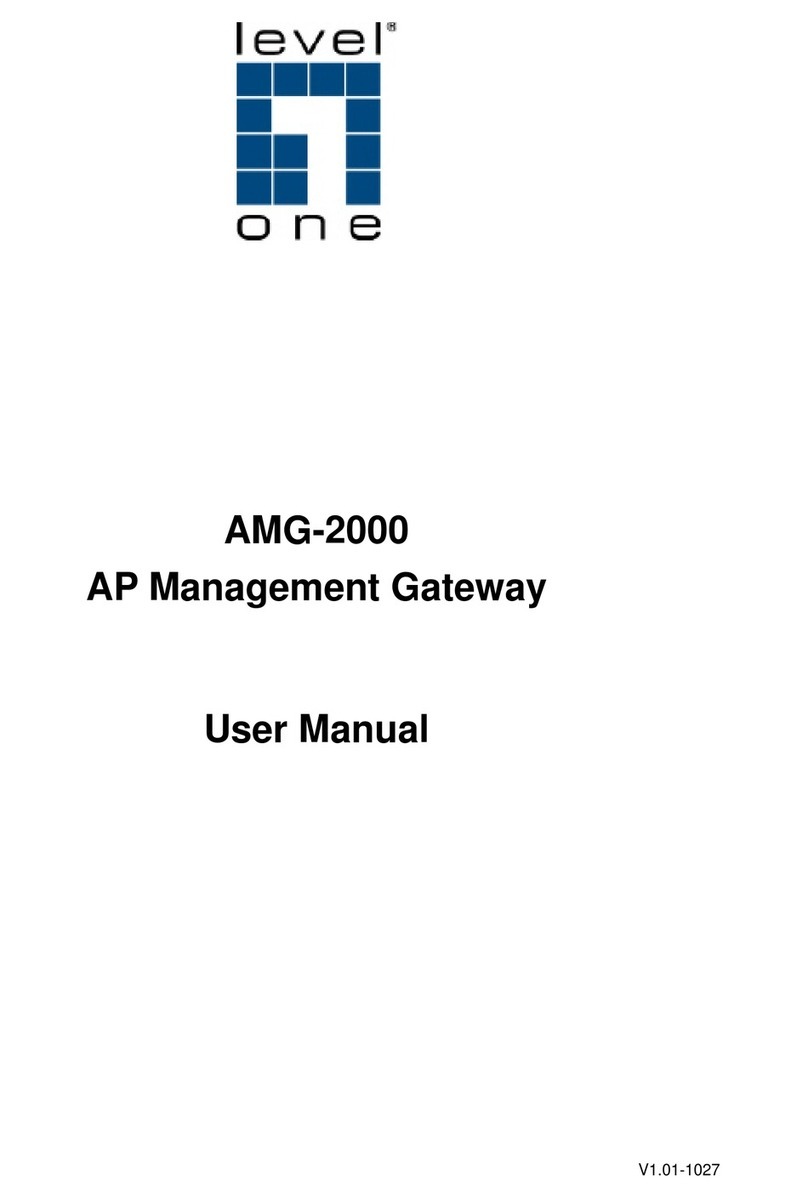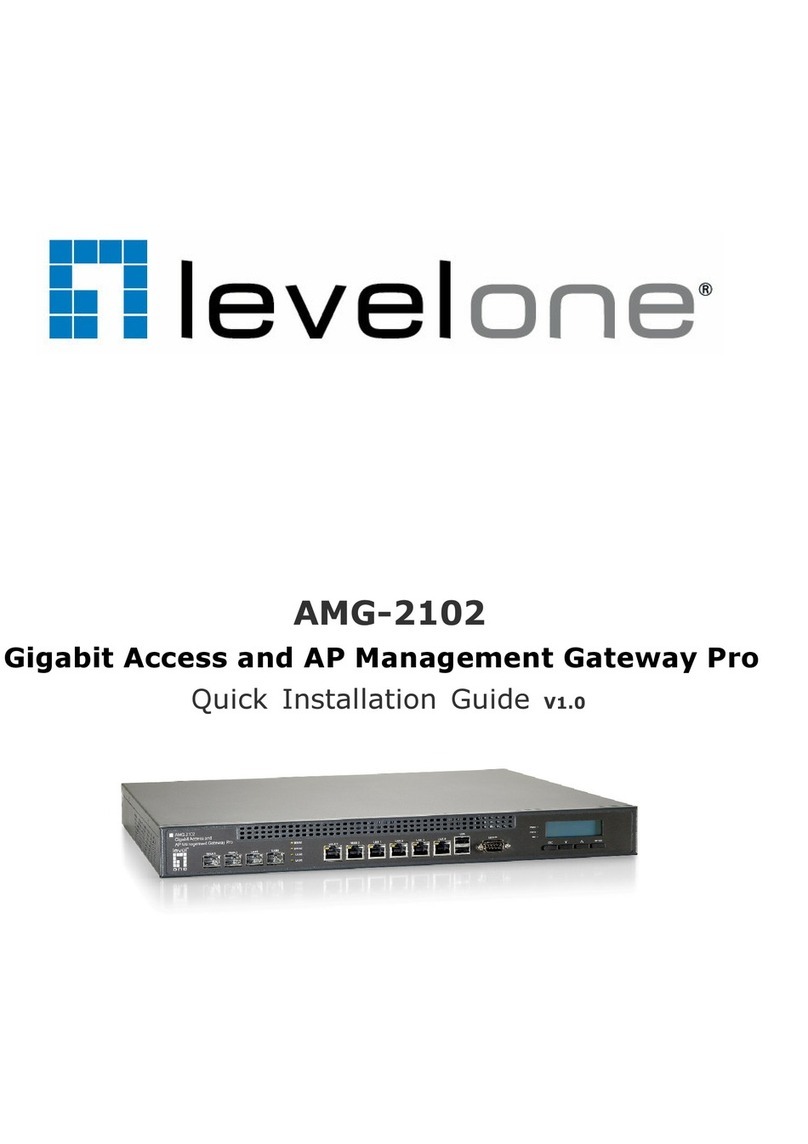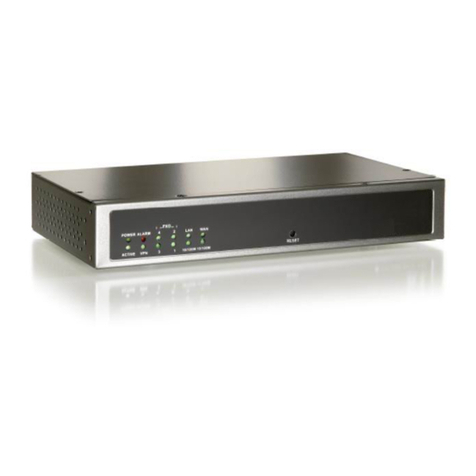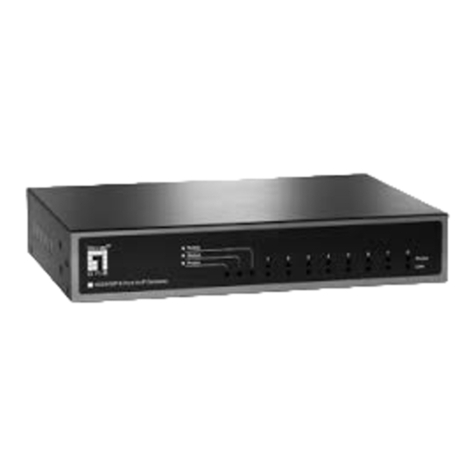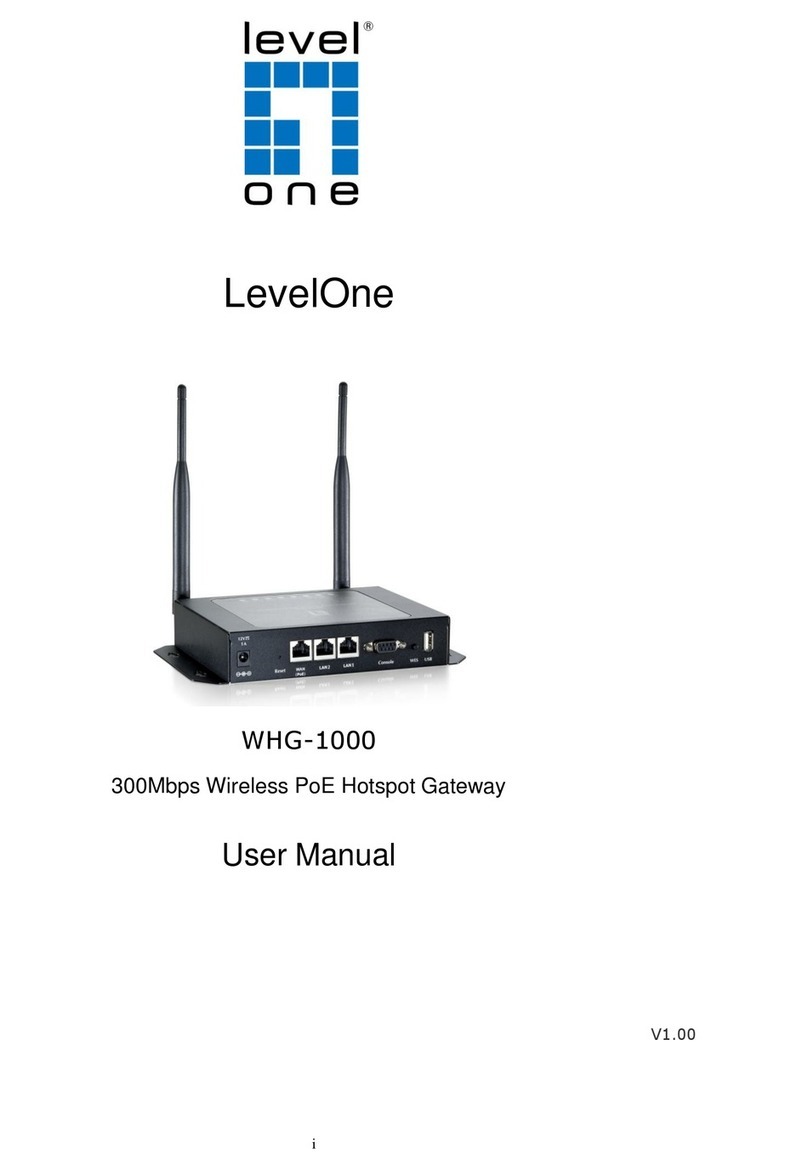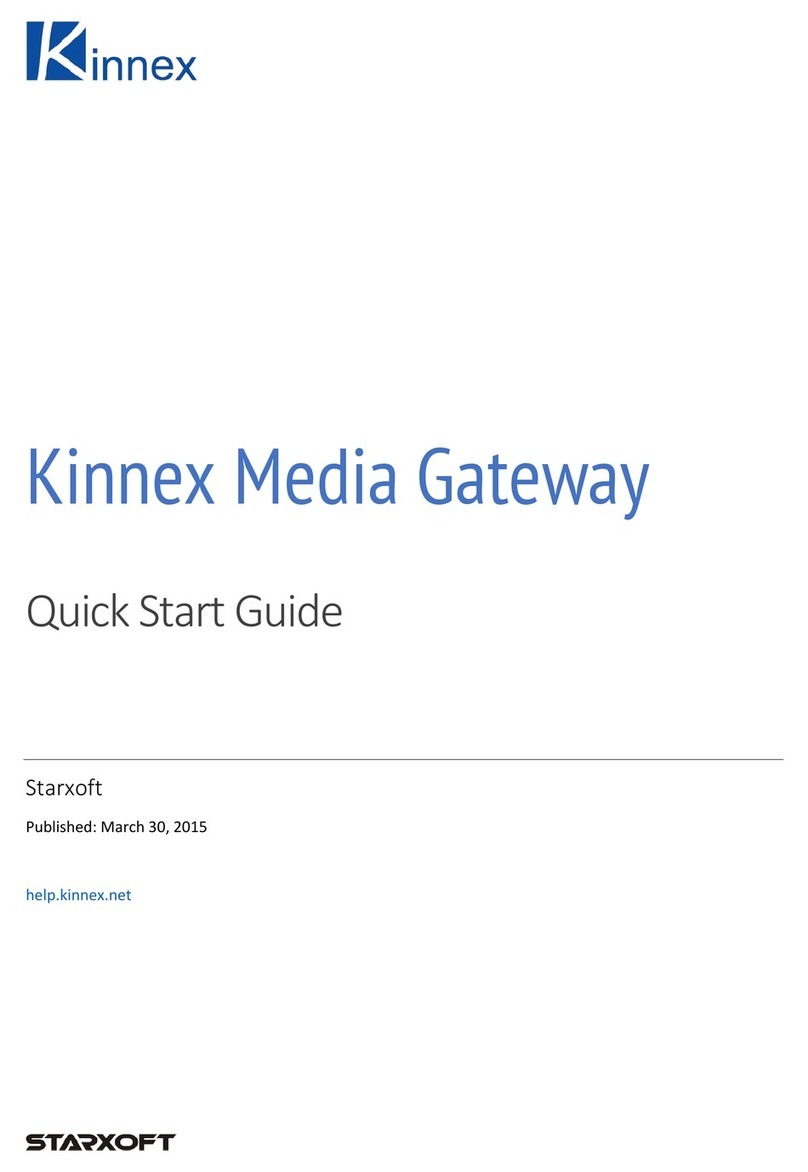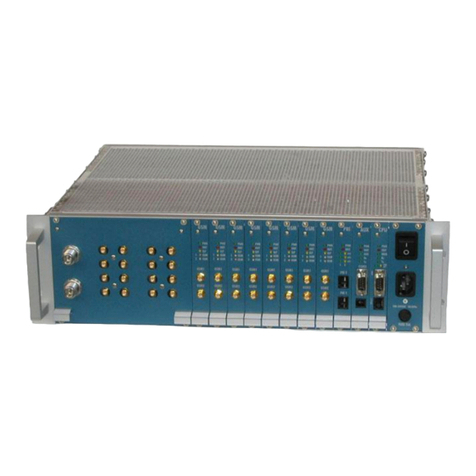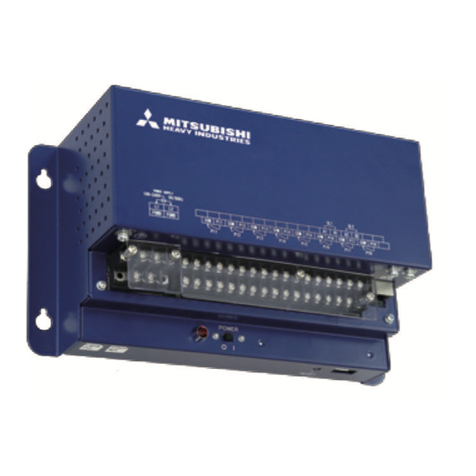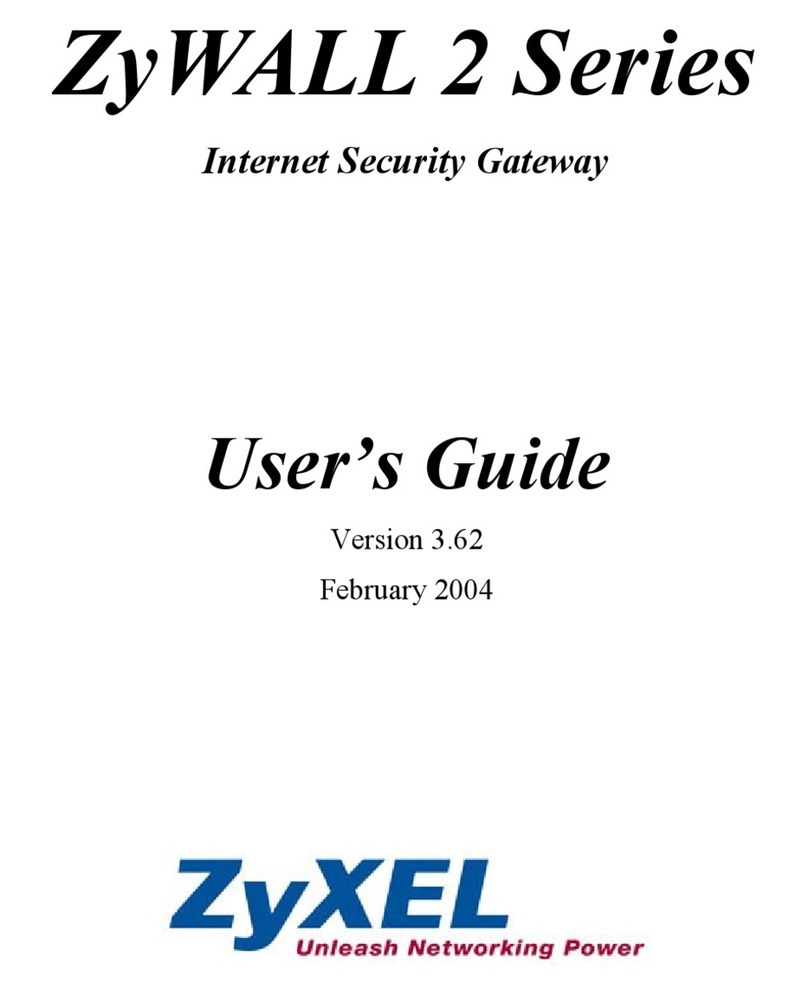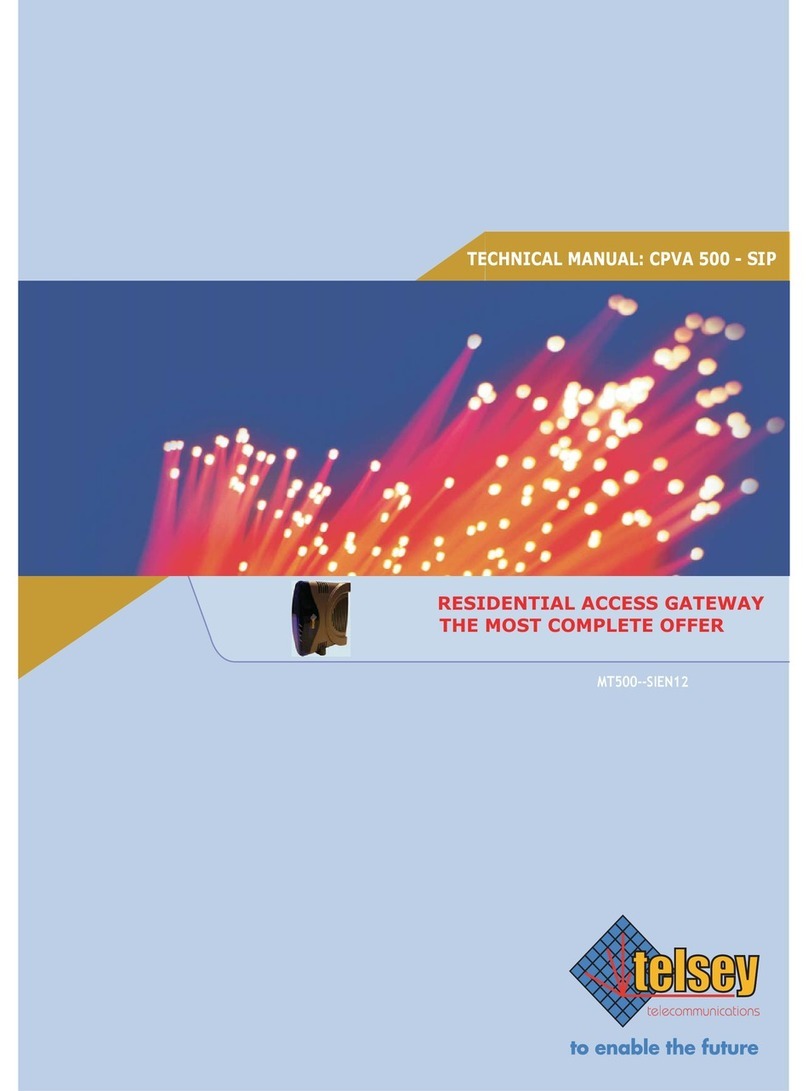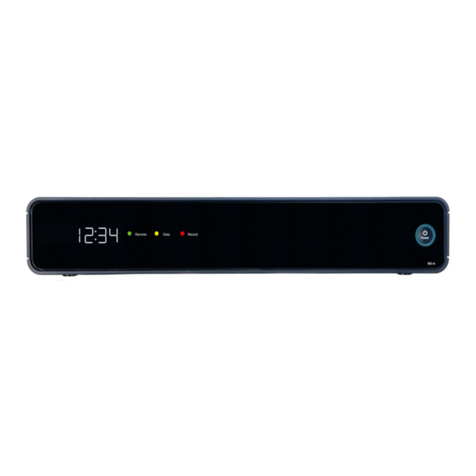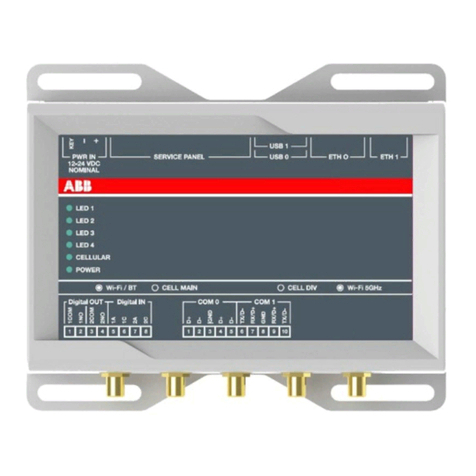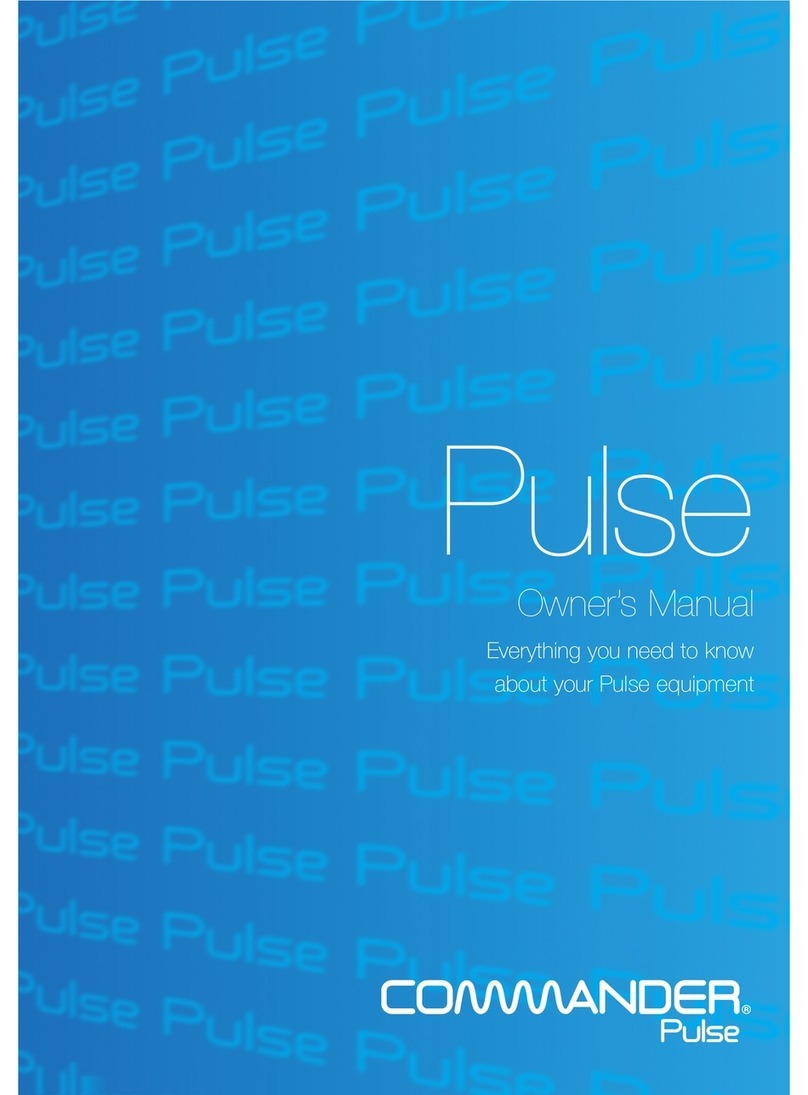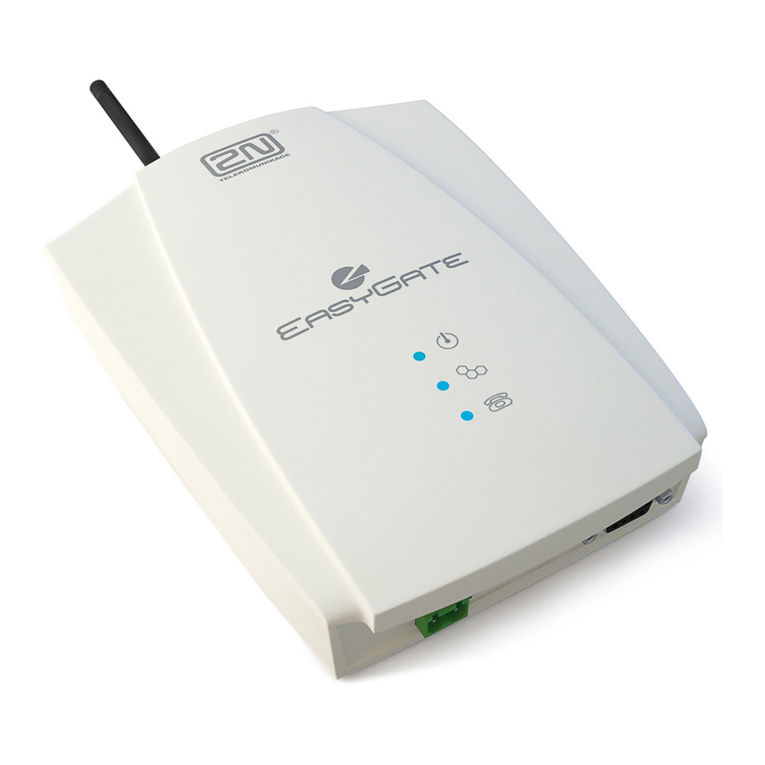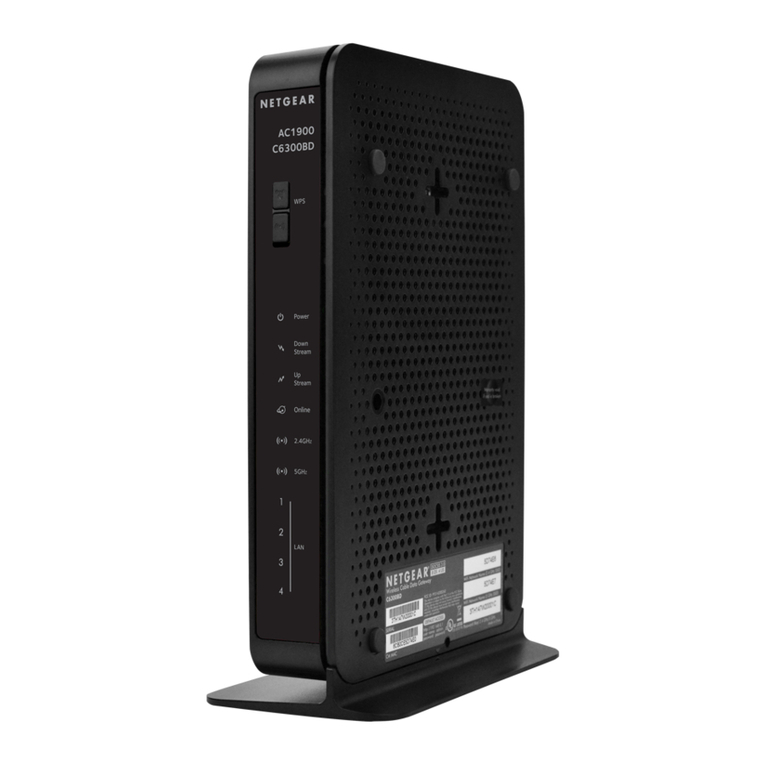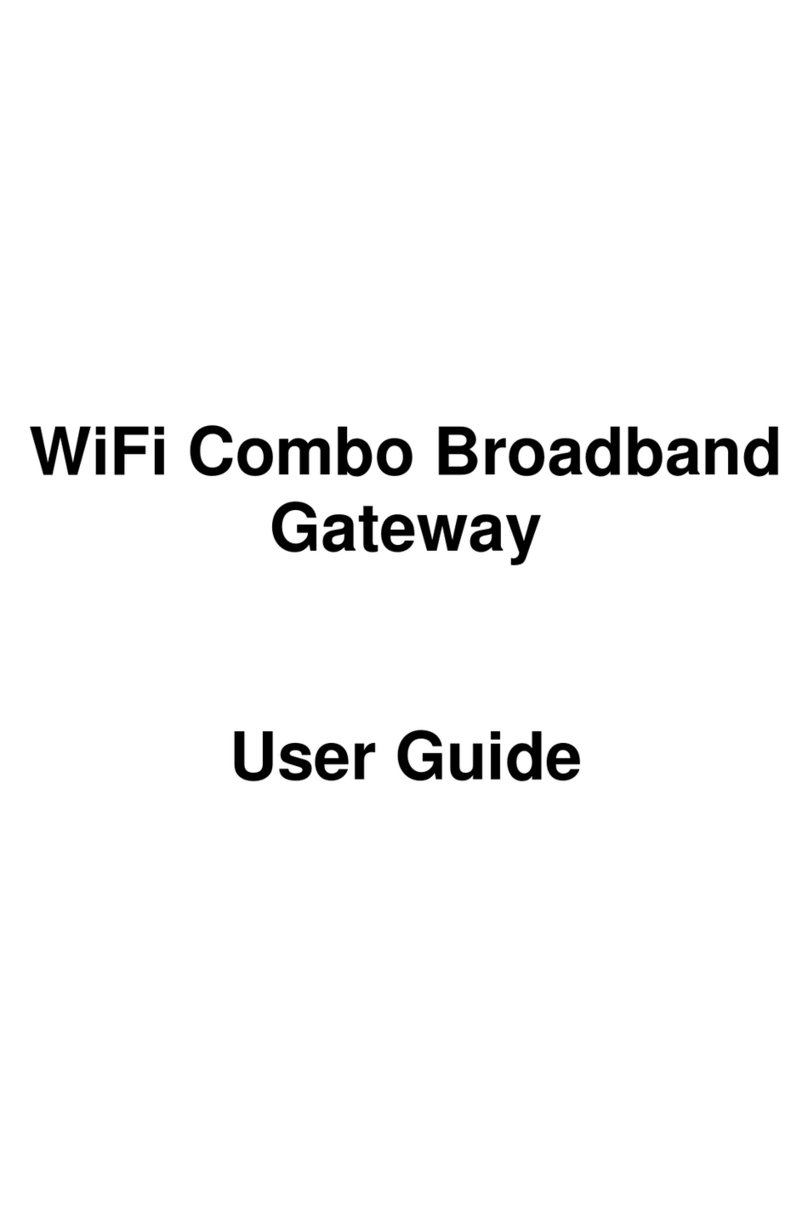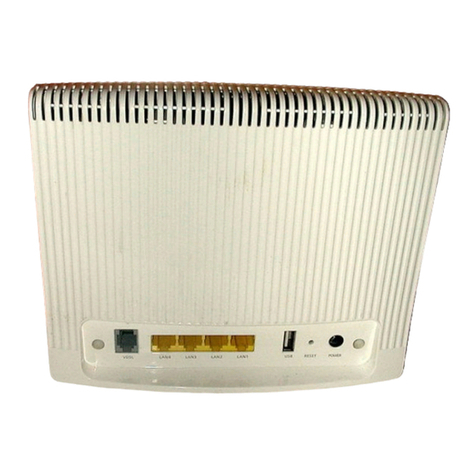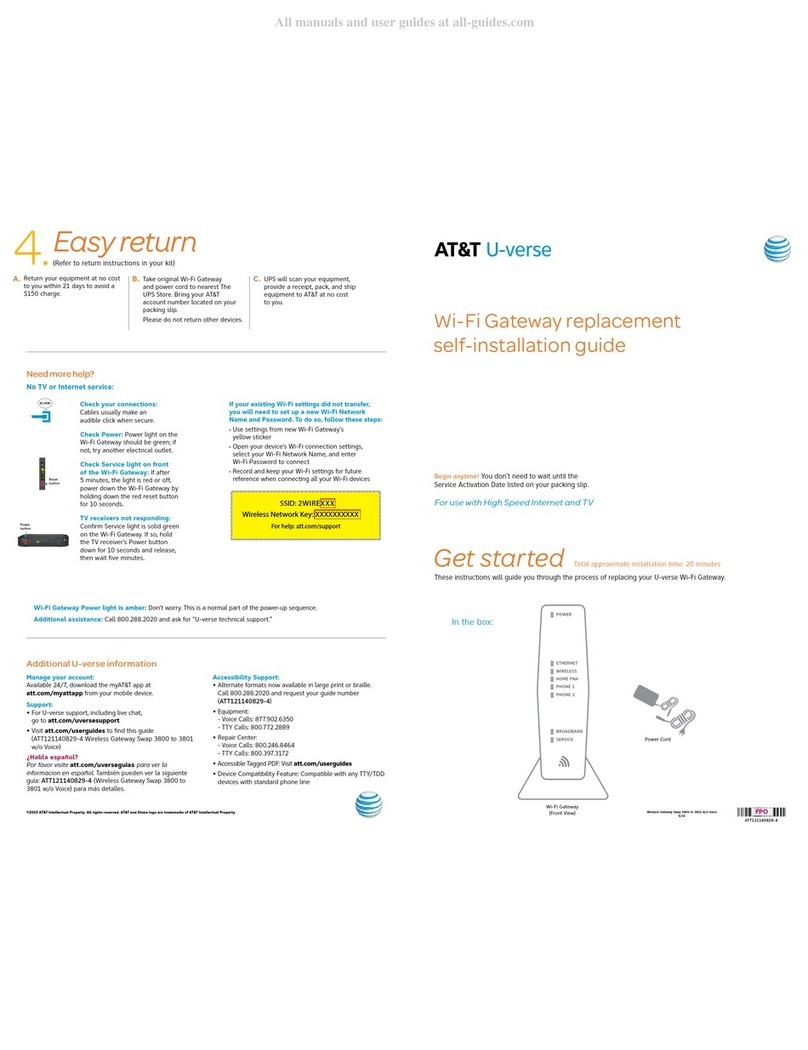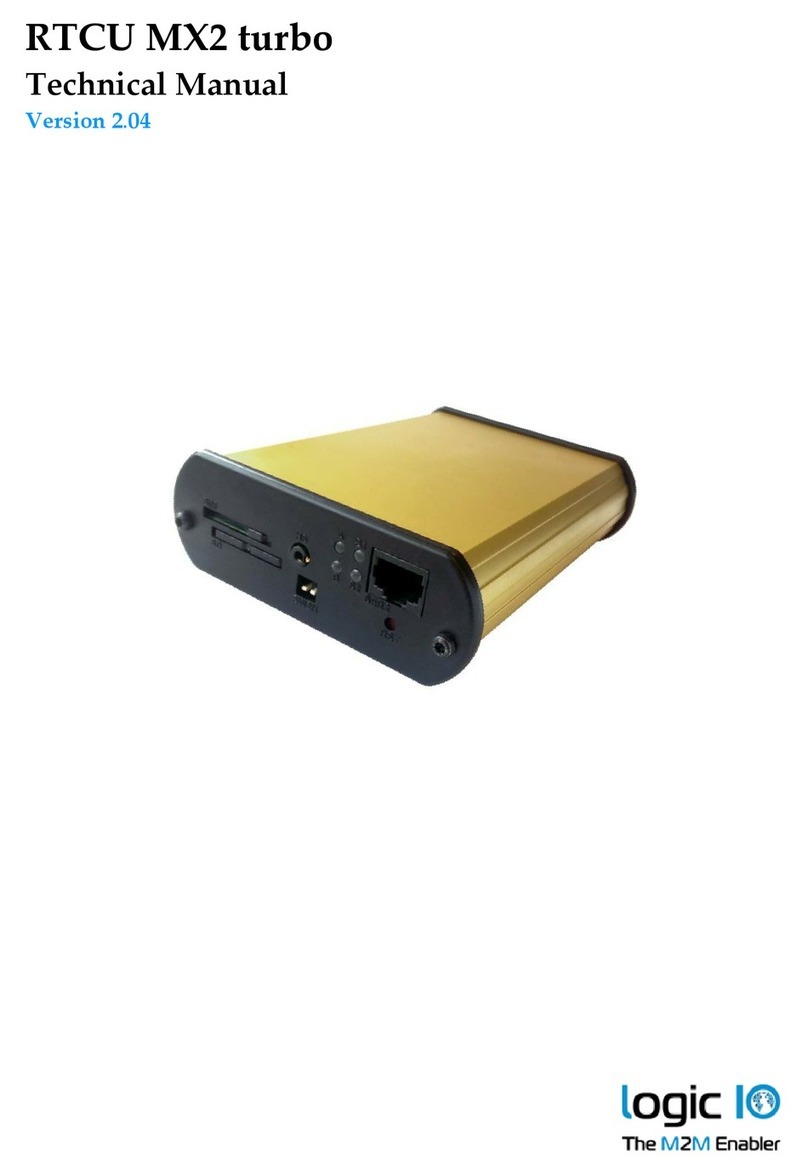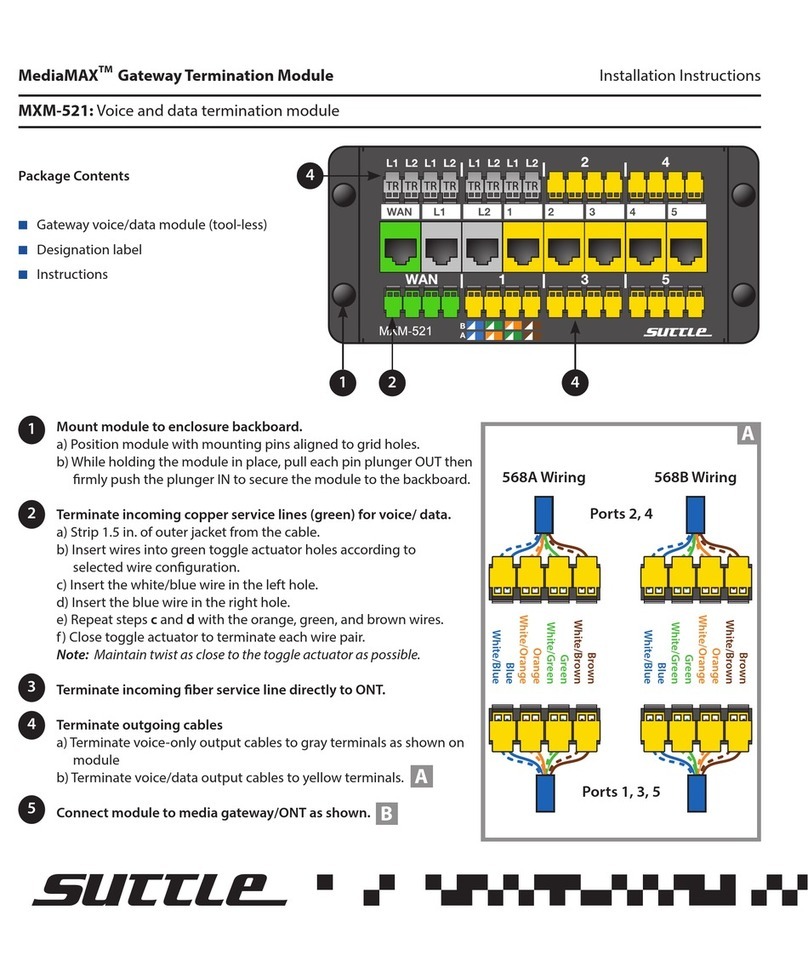User’s Manual
AMG-2001 Access and AP Management Gateway
5.5
AP Security...................................................................................................................................77
5.6
Change managed AP settings ...............................................................................................78
5.7
AP Operations from AP List ....................................................................................................81
5.7.1
Reboot, Enable, Disable and Delete the AP...........................................................................81
5.7.2
Apply Template.................................................................................................................................82
5.7.3
Change Service Zone .....................................................................................................................83
5.7.4
AP Bac ground Discovery.............................................................................................................84
5.7.5
Manually add AP...............................................................................................................................86
5.7.6
Firmware management and upgrade.......................................................................................87
6. Policies and Access Control................................................................................88
6.1
Blac List.......................................................................................................................................88
6.2
MAC Address Control................................................................................................................90
6.3
Policy...............................................................................................................................................91
6.3.1
Firewall ................................................................................................................................................93
6.3.2
Routing ................................................................................................................................................96
6.3.3
Schedule .............................................................................................................................................98
6.3.4
Sessions Limit ...................................................................................................................................99
6.4
QoS Traffic Class and Bandwidth Control.......................................................................100
7. Users’ Login and Logout.....................................................................................101
7.1
Before User Login ....................................................................................................................101
7.1.1
Login with SSL ................................................................................................................................101
7.1.2
Internal Domain Name with Certificate.................................................................................102
7.1.3
Administrator Contact Information .........................................................................................104
7.1.4
Walled Garden.................................................................................................................................105
7.1.5
Walled Garden AD List .................................................................................................................106
7.1.6
Mail Message ...................................................................................................................................108
7.2
After User Login........................................................................................................................109
7.2.1
Browse which Home Page after login success....................................................................109
7.2.2
Idle Timer .........................................................................................................................................110
7.2.3
Multiple Login.................................................................................................................................. 111
7.2.4
DoS Attac er Denial Time .......................................................................................................... 111
7.2.5
Local Users Change Password Privilege ................................................................................ 112
7.2.6
On-demand Account Creation Privilege ................................................................................ 113
7.2.7
Proxy Server....................................................................................................................................115
8. Networking Features of a Gateway.............................................................120
8.1
DMZ...............................................................................................................................................120
8.2
Virtual Server ............................................................................................................................121
8.3
Privilege List...............................................................................................................................122
8.3.1
Privilege IP .......................................................................................................................................123
8.3.2
Privilege MAC ..................................................................................................................................124
8.4
IP Plug and Play........................................................................................................................125
8.5
Dynamic Domain Name Service.........................................................................................126
8.6
Port and IP Redirect................................................................................................................127
9. System Management and Utilities ...............................................................128
9.1
System Time..............................................................................................................................128
9.1.1
NTP......................................................................................................................................................128
9.1.2
Manual Settings..............................................................................................................................128
9.2
Management IP.........................................................................................................................129
9.3
Access History IP......................................................................................................................130
9.4
SNMP.............................................................................................................................................131
9.5
Three-Level Administration..................................................................................................132
9.6
Change Password.....................................................................................................................134
9.7
Bac up / Restore and Reset to Factory Default...........................................................135
9.8
Firmware Upgrade ...................................................................................................................136
9.9
Restart..........................................................................................................................................137
